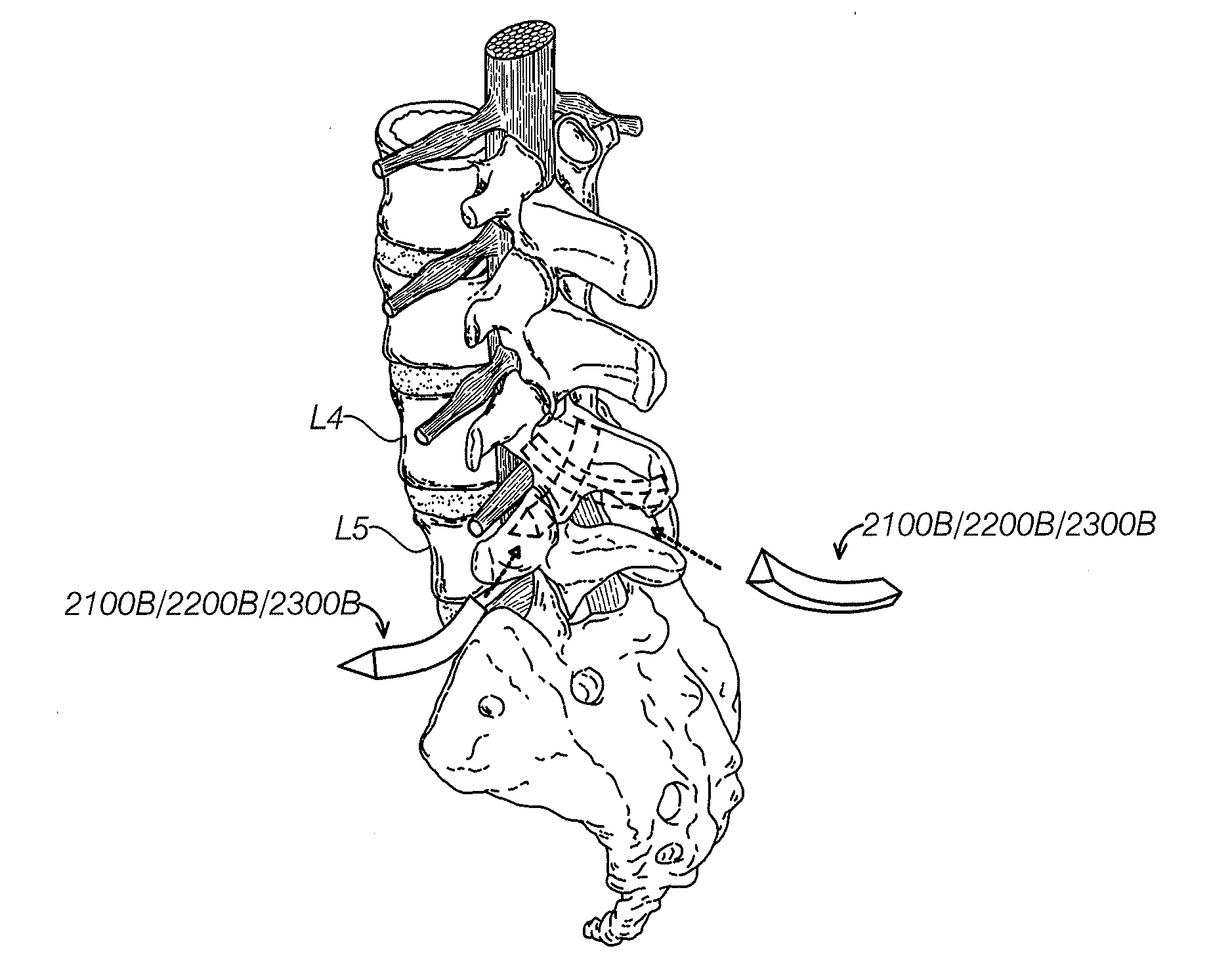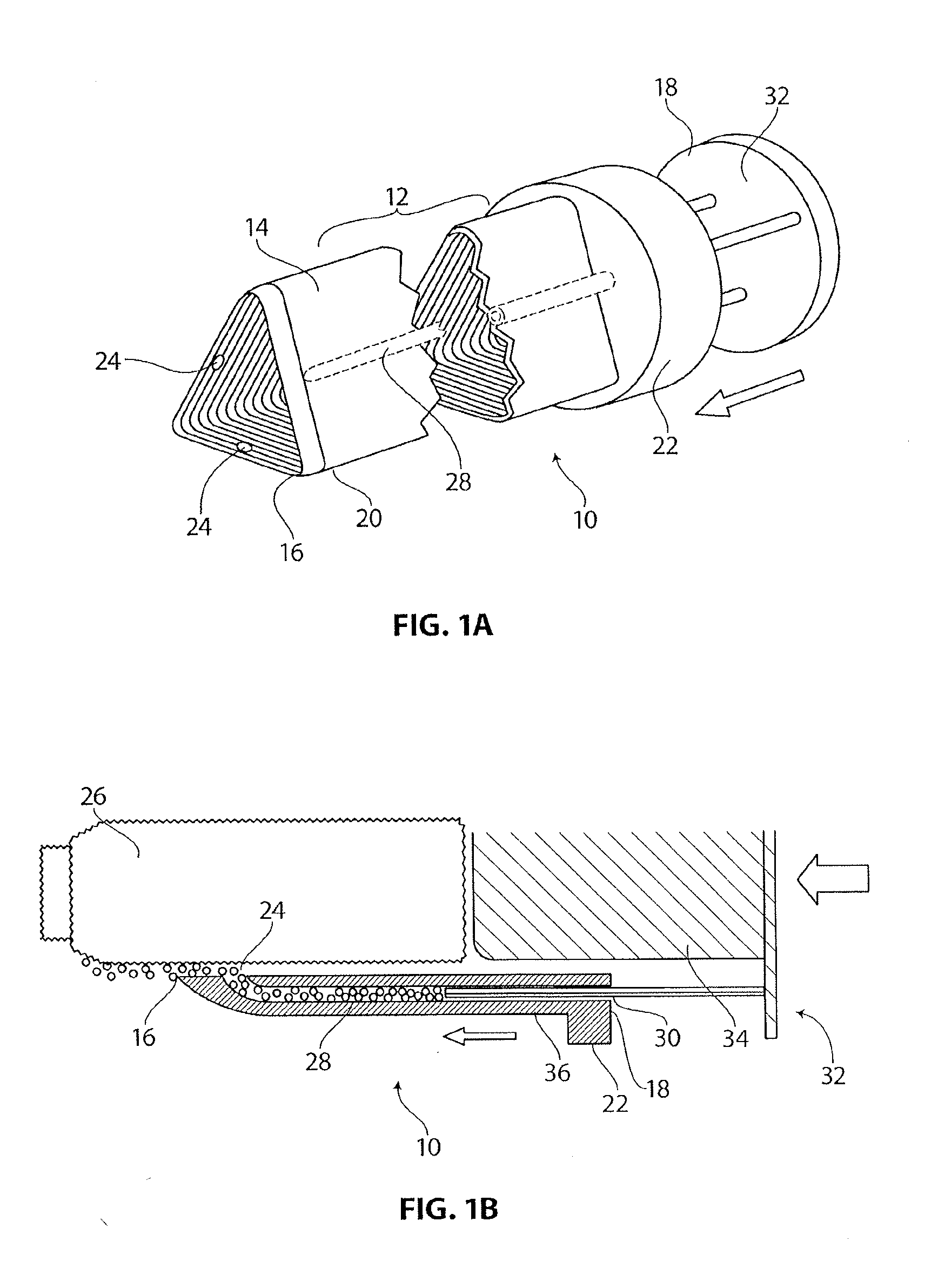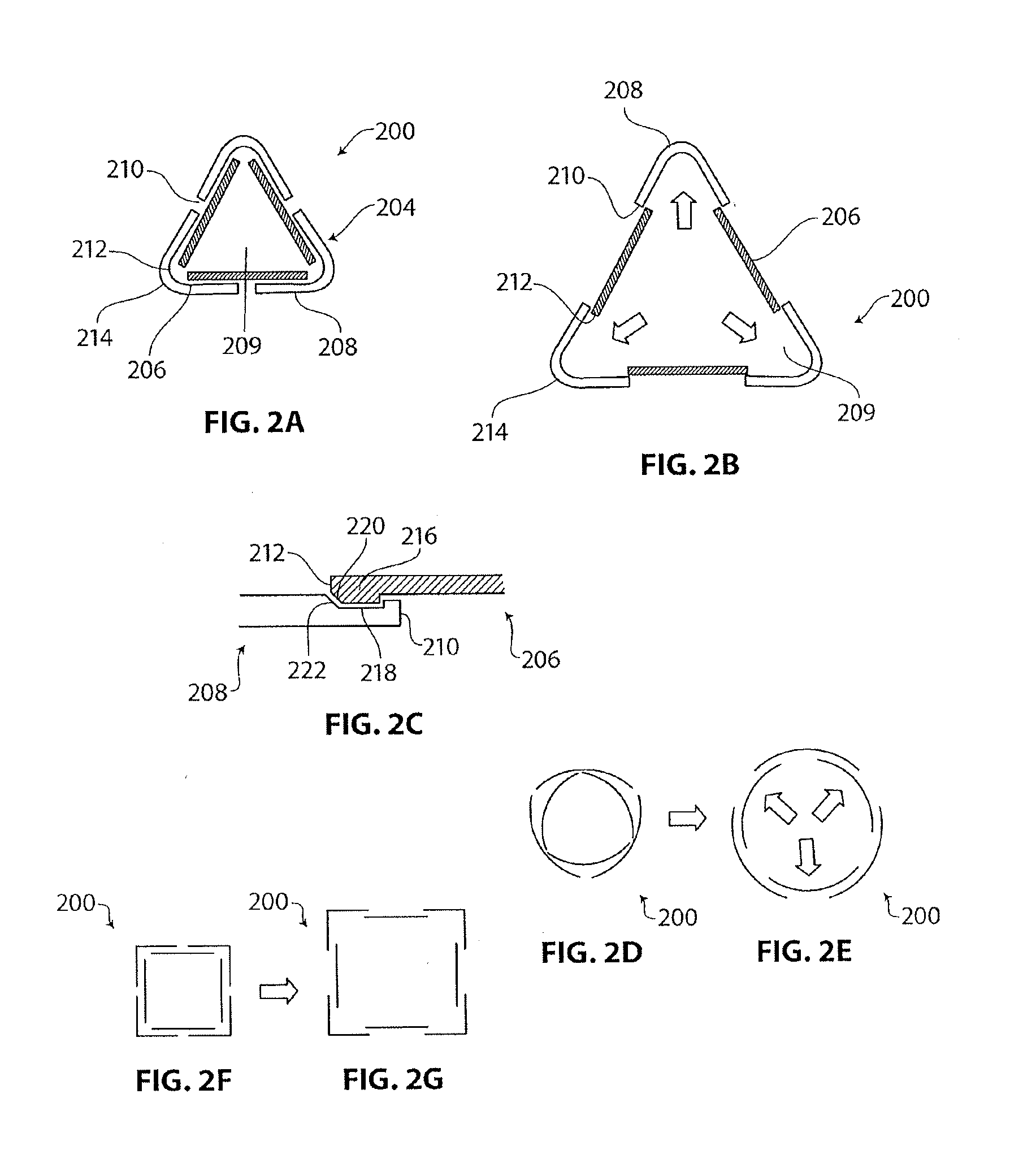Systems, device, and methods for joint fusion
- Summary
- Abstract
- Description
- Claims
- Application Information
AI Technical Summary
Benefits of technology
Problems solved by technology
Method used
Image
Examples
Embodiment Construction
[0244]Tissue Dilator and Protector
[0245]FIGS. 1A and 1B are a perspective view and a longitudinal cross-sectional view, respectively, of an embodiment of a dilator 10 with an integrated infusion system. In some embodiments, the dilator 10 can be used as a soft tissue protector in addition to or in place of its function as a dilator 10. In some embodiments, the dilator 10 has a longitudinal body 12 with a wall 14 that can be shaped to match the cross-sectional profile of an implant 26. The wall 14 can define a passage that extends through the longitudinal body. For example, if the implant 26 has a triangular cross-section, then the hollow interior of the dilator 10 can have a triangular cross-section that matches the implant geometry, such that the implant 26 can pass through the interior of the dilator 10. In other embodiments, the implant 26 can have other cross-sectional geometries, such as a square implant, a hexagonal implant and the like, and the cross-sectional shape of the in...
PUM
 Login to View More
Login to View More Abstract
Description
Claims
Application Information
 Login to View More
Login to View More - R&D
- Intellectual Property
- Life Sciences
- Materials
- Tech Scout
- Unparalleled Data Quality
- Higher Quality Content
- 60% Fewer Hallucinations
Browse by: Latest US Patents, China's latest patents, Technical Efficacy Thesaurus, Application Domain, Technology Topic, Popular Technical Reports.
© 2025 PatSnap. All rights reserved.Legal|Privacy policy|Modern Slavery Act Transparency Statement|Sitemap|About US| Contact US: help@patsnap.com



